Foliar fertilization for orchid planting
Orchid foliar fertilization is also called root fertilization, which has the characteristics of less fertilizer consumption, fast absorption and strong pertinence. It plays an important role in preventing and controlling element deficiency, enhancing orchid growth and disease resistance and cold resistance.
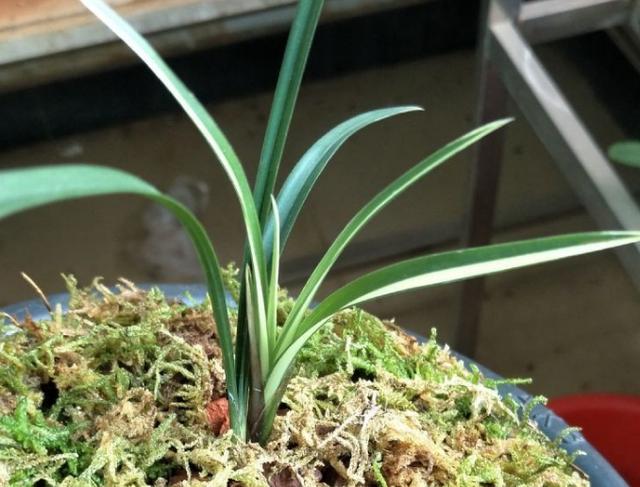
Type of fertilizer
Orchid growth, like other plants, must first meet the needs of nitrogen, phosphorus, potassium three elements, but calcium, iron, zinc, magnesium, copper, boron, molybdenum and so on are also essential. Commonly used for orchid foliar fertilizer fertilizer, nitrogen containing urea, ammonium sulfate, ammonium nitrate; phosphorus containing calcium superphosphate, potassium phosphate, potassium dihydrogen phosphate; potassium containing potassium nitrate, potassium chloride; calcium containing calcium superphosphate; iron containing ferrous sulfate; zinc containing zinc sulfate; magnesium containing magnesium sulfate; copper containing copper sulfate; boron containing borax, boric acid; molybdenum containing molybdic acid.
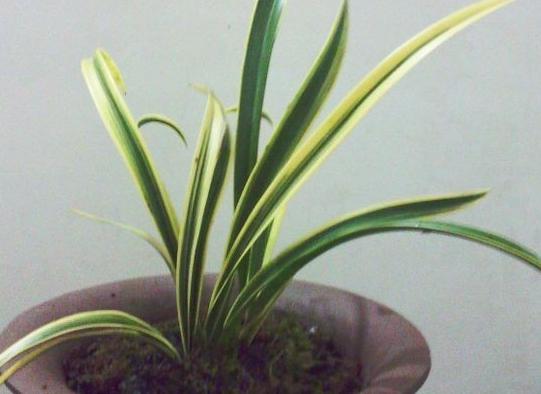
fertilizer concentration
Orchid foliar fertilization, fertilizer must be diluted to a certain concentration, both to have a good fertilizer efficiency, but also do not suffer fertilizer damage. The concentration of fertilizer sprayed varies with different fertilizers, generally master: urea 0.2%, potassium dihydrogen phosphate 0.3%, potassium sulfate, potassium nitrate compound fertilizer 0.1%, calcium superphosphate 0.5%, magnesium sulfate 0.5%, ferrous sulfate 0.5%, zinc sulfate 0.1%, copper sulfate 0.2%, borax, boric acid 0.3%, molybdic acid 0.1%. In addition, Yiduo, Yuanshuo, Shida, Lanjunwang, Spraybao and other fertilizers must be prepared and applied according to the product instructions.
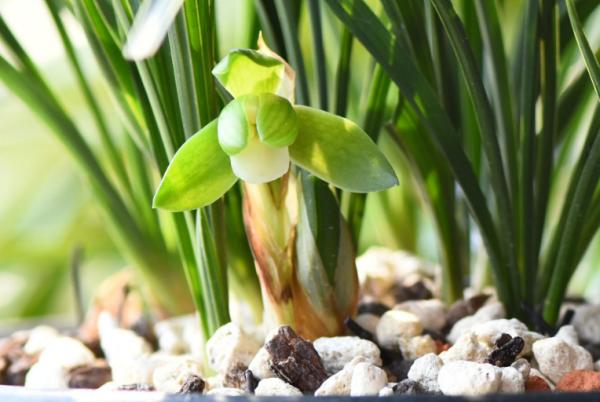
spraying position
Orchid foliar fertilizer focus on the back of the leaves. This is because the leaf has a layer of bright cuticle on the front, fertilizer is not easy to enter; and there is no cuticle on the back, and there are many stomata, fertilizer is easy to penetrate and absorb. But when spraying, be sure to spray the whole plant, that is, all parts except the orchid root: leaf surface, petiole, leaf pants and false bulbs on the soil surface. The orchid plants placed on the ground must be placed laterally and rotated for 1 week when spraying fertilizer, so as to achieve all aspects and promote balanced growth of orchid plants.
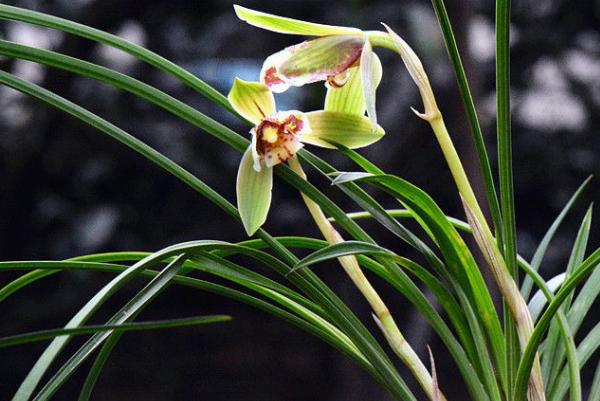
fertilizer spraying timing
Orchid foliar fertilizer, in the bud, new root period, generally 7~10 days applied once, even applied 2~3 times. Flower buds to flowering, every half month or so apply 1. Other growth periods apply once or twice a month. N and K fertilizer should be applied more in vegetative growth period and P and K fertilizer should be applied more in reproductive growth period.
The time of foliar fertilizer spraying depends on the weather, temperature and humidity. The temperature is between 18~25 degrees Celsius, and the stomata of the orchid leaves are fully opened. At this time, the effect of spraying fertilizer is the best. The temperature is below 15 degrees Celsius, due to low temperature, the stomata of the leaves are closed or opened very little, and the fertilizer is not easy to absorb. The temperature is above 30 degrees Celsius, and because of the high temperature, the leaves are baked, spraying fertilizer will cause fertilizer damage. When the air humidity is high, the fertilizer solution stays on the leaves for a long time and absorbs the most nutrients.
Carry forward Chinese orchid culture and spread orchid knowledge! Click on attention, we continue to update orchid knowledge, a good teacher on the way to raise orchids!
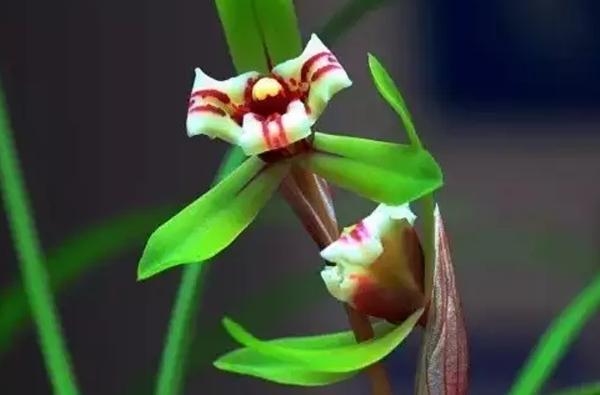
The best time to spray fertilizer is on a sunny day or cloudy day without wind, and it is better in the morning and evening. At the same time, attention should be paid to not applying in cold, hot, rainy, noon and flowering.
- Prev
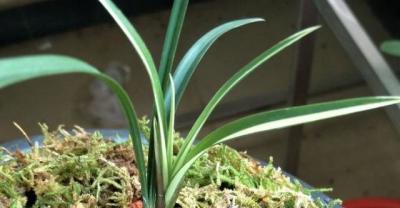
It's easy to grow tomatoes on the balcony!
Now all the vegetables on the market are pesticides, so you can't rest assured that you can eat some, but the nutrients in the vegetables must be replenished. What should we do? You can be on the balcony by yourself.
- Next

Key points for attention in Rice planting
Rice growers sometimes find that the effect of applying nitrogen or other fertilizers is not very significant, and sometimes it will do more harm than good.
Related
- Fuxing push coffee new agricultural production and marketing class: lack of small-scale processing plants
- Jujube rice field leisure farm deep ploughing Yilan for five years to create a space for organic food and play
- Nongyu Farm-A trial of organic papaya for brave women with advanced technology
- Four points for attention in the prevention and control of diseases and insect pests of edible fungi
- How to add nutrient solution to Edible Fungi
- Is there any good way to control edible fungus mites?
- Open Inoculation Technology of Edible Fungi
- Is there any clever way to use fertilizer for edible fungus in winter?
- What agents are used to kill the pathogens of edible fungi in the mushroom shed?
- Rapid drying of Edible Fungi

